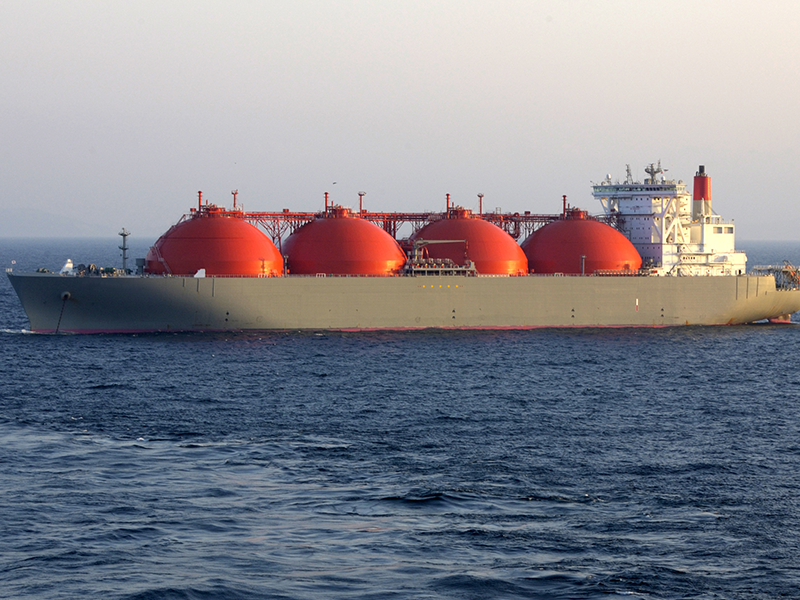STANDARD OIL OF IOWA LIQUEFIED NATURAL GAS
Liquefied natural gas (LNG) is natural gas that has been cooled to a liquid state (liquefied), at about -260° Fahrenheit, for shipping and storage. The volume of natural gas in its liquid state is about 600 times smaller than its volume in its gaseous state in a natural gas pipeline. This liquefaction process, developed in the 19th century, makes it possible to transport natural gas to places natural gas pipelines do not reach and to use natural gas as a transportation fuel.
Natural gas is extracted from fields located predominantly in countries such as Algeria, Norway, Qatar, Russia, Nigeria and the USA. The distance between these countries and their markets means that it is not always possible to transport the natural gas produced via gas pipelines; in this case, the easiest and most economical alternative is to ship it by sea in LNG tankers.
To enable maritime transport, the natural gas is cooled down by means of a refrigerated cycle (compression, condensation, expansion, evaporation) that transforms the gas into a liquid form at -160°C: this is known as Liquefied Natural Gas (LNG). LNG, which is largely composed of methane (85 to 99%), is odourless, colourless, non-toxic and non-corrosive.
At import terminals, LNG is offloaded from ships and may be stored in cryogenic storage tanks before it is returned to its gaseous state or regasified. After regasification, the natural gas is transported by natural gas pipelines to natural gas-fired power plants, industrial facilities, and residential and commercial customers.

LNG is more practical than liquefied petroleum gas or other liquid gases, particularly for use in large volumes, because it has the same chemical composition as natural gas. This fact and the growing demand for natural gas have stimulated LNG production. Moreover, LNG technology has made it possible to utilize natural gas from remote areas of the world where it previously had no commercial use and was flared (burned). Special tankers, known as LNG carriers and outfitted with supercooled cryogenic tanks, transport LNG from such countries as Qatar, Australia, Indonesia, and Algeria to markets in China, Europe, and Japan. In the early 21st century, with the expansion of natural gas pipelines in the United States, the country became a net exporter of LNG, whereas it previously had been an important importer of the product. LNG is usually reverted to its gaseous state (regasified) at the import terminals in the receiving countries, where it can then be injected into natural gas pipelines to be moved to power plants and distribution companies for various industrial uses.
Let’s Partner Up

We are looking forward to extend our products and services to every part of the global to enjoy oil and gas products and services unlike others.
